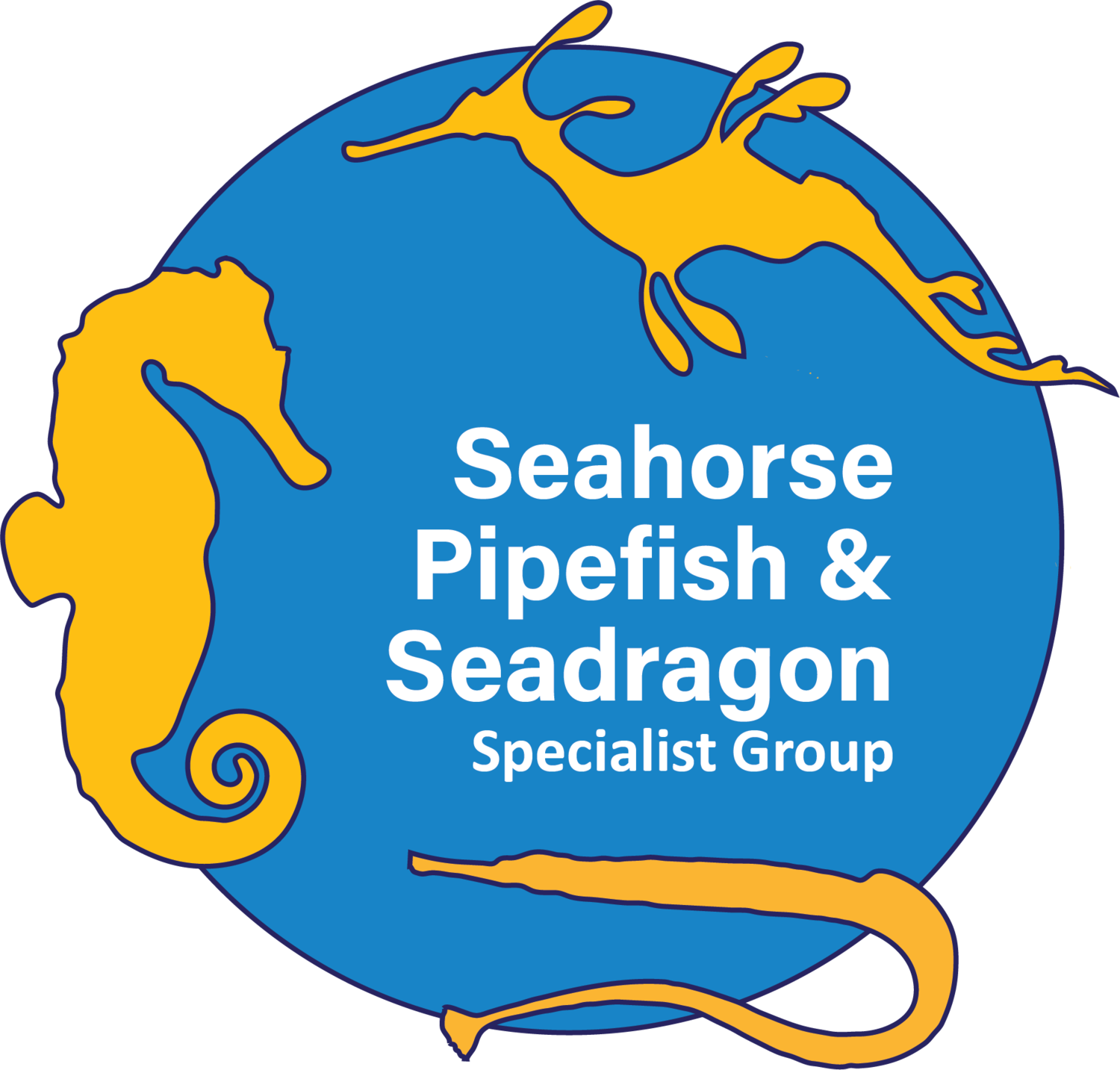Mission Blue Hope Spots
Many Hope Spots are in places that experience threats from severe overfishing - a threat to syngnathids and all marine life impacted by activities such as bottom trawling.
Photo by Angelie Nellas/Project Seahorse
What are Hope Spots?
Mission Blue* - Sylvia Earl Alliance created Hope Spots to “ignite public support for a global network of Marine Protected Areas”
Hope Spots are “special places that are scientifically identified as critical to the health of the ocean” and are “championed by local conservationists”
Mission Blue supports champions “with communications, expeditions and scientific advisory”
“Hope spots are often areas that need new protection or are in already existing MPAs where more action is needed”
How are Hope Spots chosen?
According to Mission Blue*, Hope Spots are in areas where you see
Special abundance or diversity of species, unusual or representative species, habitats or ecosystems
Populations of rare, threatened or endemic species
A site with potential to reverse damage from negative human impacts
Presence of national processes such as major migration corridors or spawning grounds
Significant historical, cultural or spiritual values
Particular economic importance to the community
*Note information provided here is taken directly from the Mission Blue website. To learn more about how you can nominate a Hope Spot in your community visit their website here.
Hope Spots and syngnathids
The Endangered Hippocampus whitei in Sydney, Australia. Photo by Micheal Gallagher/Guylian Seahorses of the World
A large number of existing Hope Spots are in syngnathid habitat including
The Great Southern Reef in Australia (from Kalbari in Western Australia to New South Wales) is home to all three species of the majestic seadragons endemic to Australia. This Hope Spot is also home to six seahorse species (four of which are endemic to the region), the super cute Sydney’s Pygmy pipehorse species and countless pipefishes.
Sydney Coast, Australia is home to a once thriving population of the now Endangered White’s seahorse (Hippocampus whitei), where populations have declined and restoration and monitoring efforts are now in place. (Restoration efforts and monitoring are being completed through a collaboration with SEA LIFE Sydney Aquarium, Ocean Youth, the Gamay Rangers, the University of Technology Sydney, the Sydney Institute of Marine Science and the NSW Department of Primary Industries Fisheries with expertise from SPS SG member Dr. Dave Harasti).
The Knysna Basin in South Africa is home to the Endangered Knysna seahorse (Hippocampus capensis), found in only three estuaries within the Knysna Basin. This Hope Spot is also close to the home of the Critically Endangered Estuarine pipefish (Syngnathus watermeyeri). Our SPS SG member Dr. Louw Claassens has done a significant amount of work studying this population of seahorse and pipefish as well as communication and outreach through the Knysna Basin Project. A new species of Pygmy seahorse (Hippocampus nalu) was recently found in Sodwana Bay, South Africa. Therefore, there is potential for new species to still be found in this Hope Spot and other locations nearby.
The Andaman Islands of India in the Bay of Bengal is home to the Vulnerable endemic freshwater pipefish, Microphis insularis. Threats to the species include: decline in habitat quality due to increasing human population and riparian development. Also damaging activities on land exploitation and clearing of mangroves for agriculture and housing, illegal logging and development of aquaculture.
A Bahamian Reefs Hope Spot includes the beautiful island of Eleuthera with a unique and large population of the Vulnerable Lined seahorse (Hippocampus erectus). Our SPS SG member, Dr. Heather Masonjones is studying the seahorses there and is working closely with the Bahamas National Trust to create a national seahorse park to protect this unique population of seahorses.
Kep Archipelago, Cambodia contains the largest concentration of seahorses in Cambodia and is located in an area with destructive and illegal fishing impacts. This Hope Spot was created in partnership with Marine Conservation Cambodia.
Banner image of Common seahorse (H. kuda) © Bruno van Saen / Guylian Seahorses of the World
[Page updated Dec 2018]



